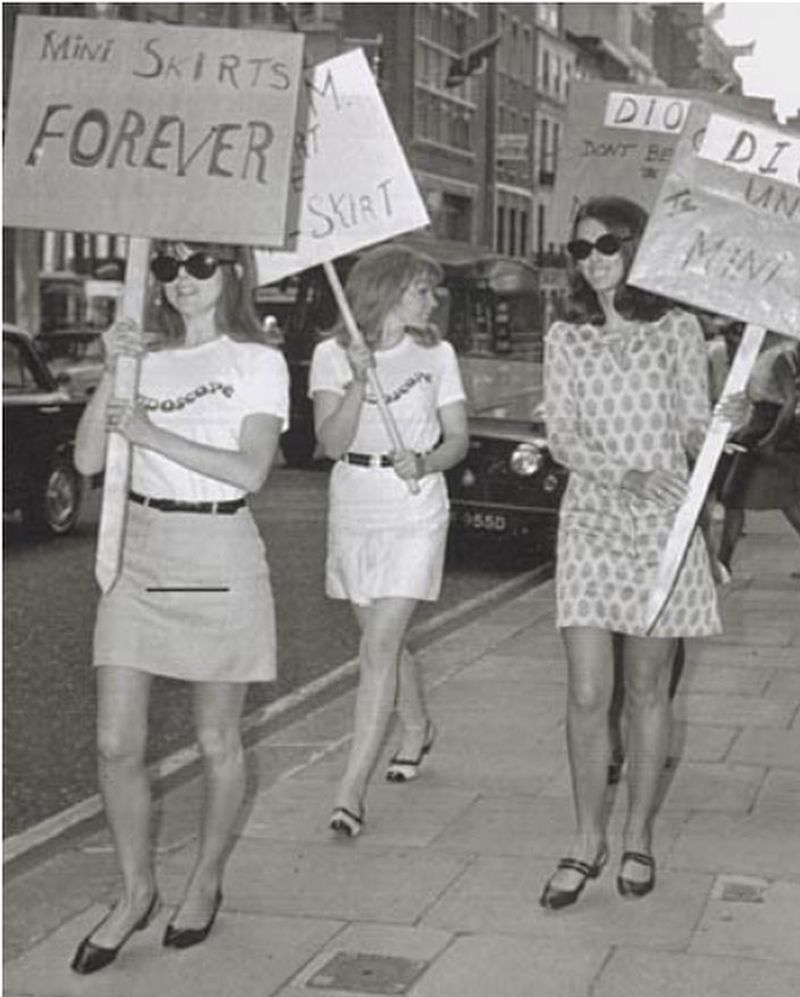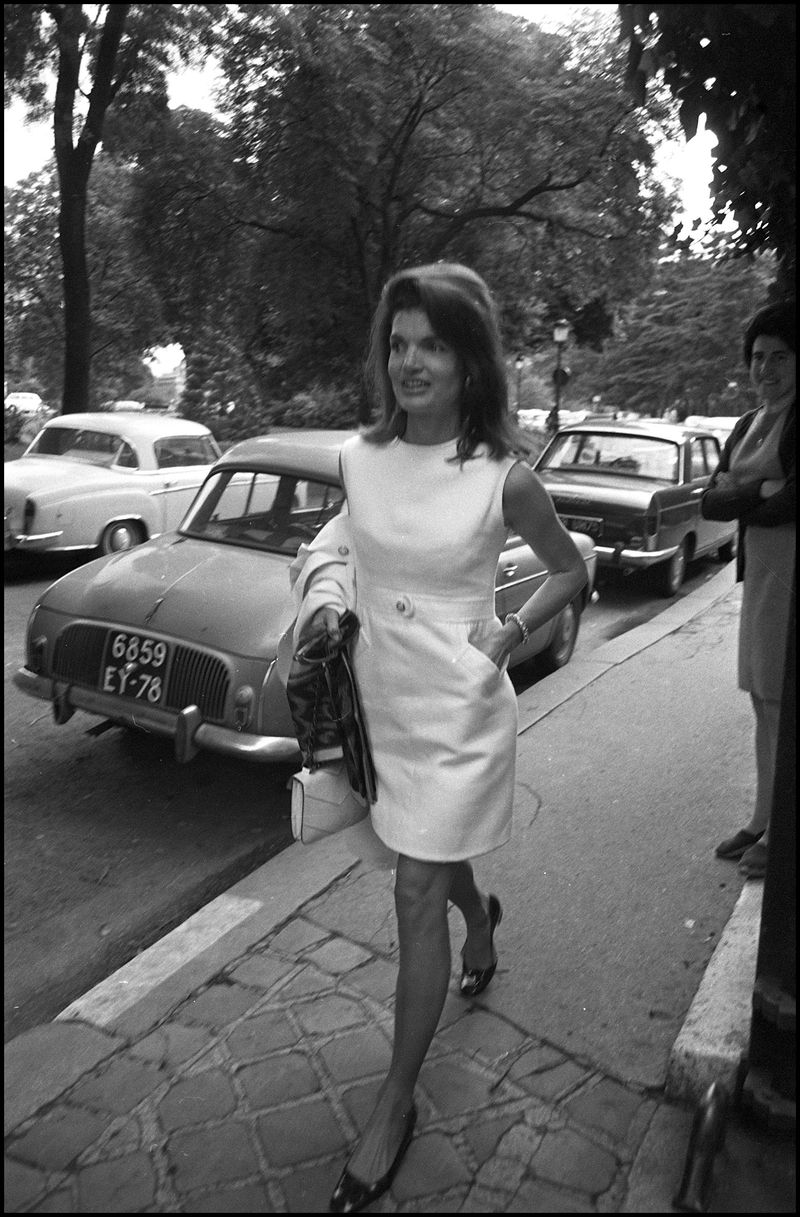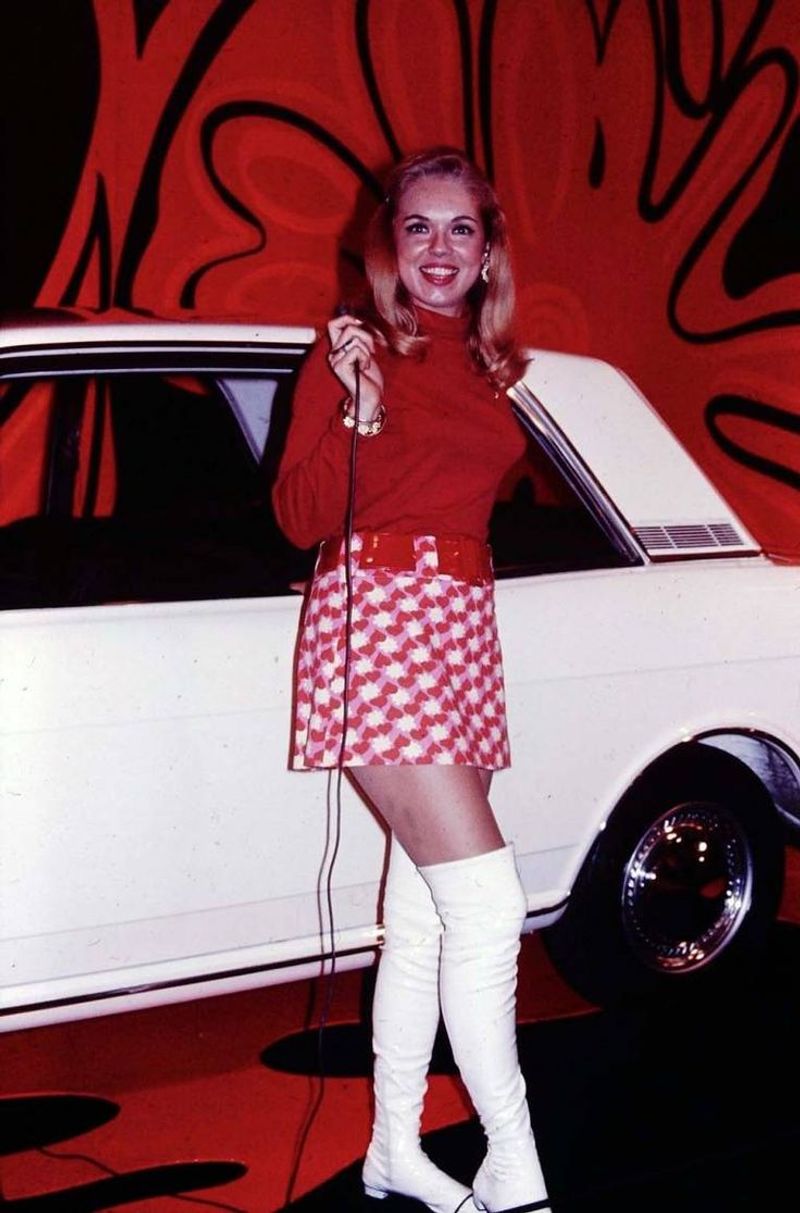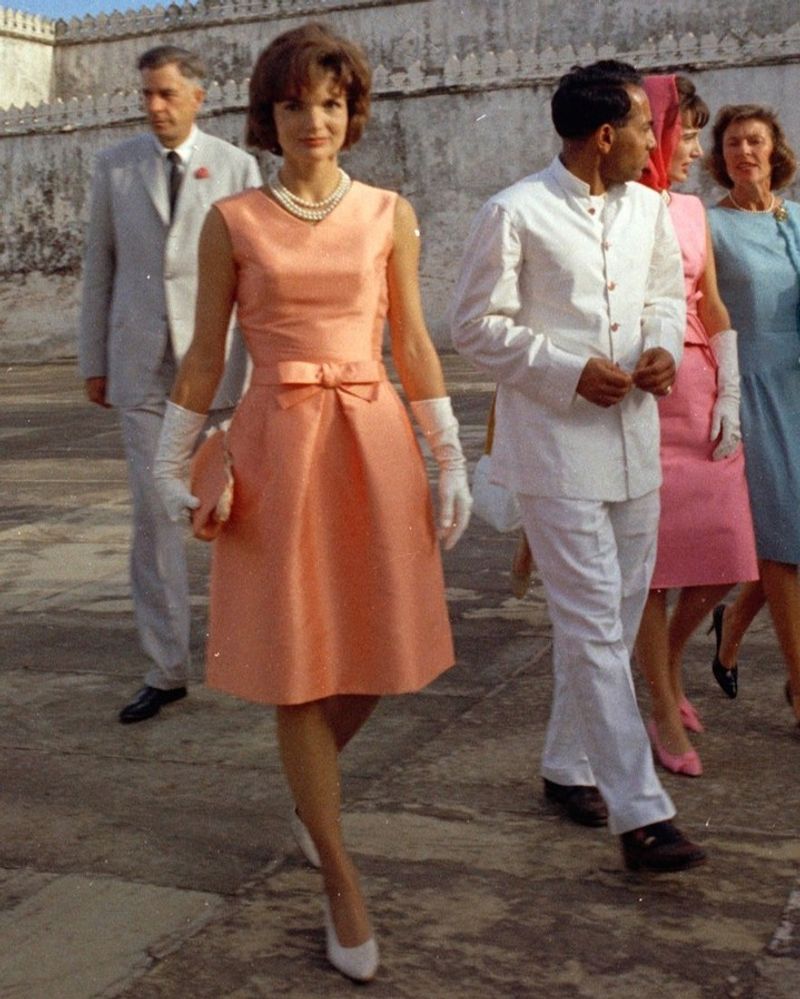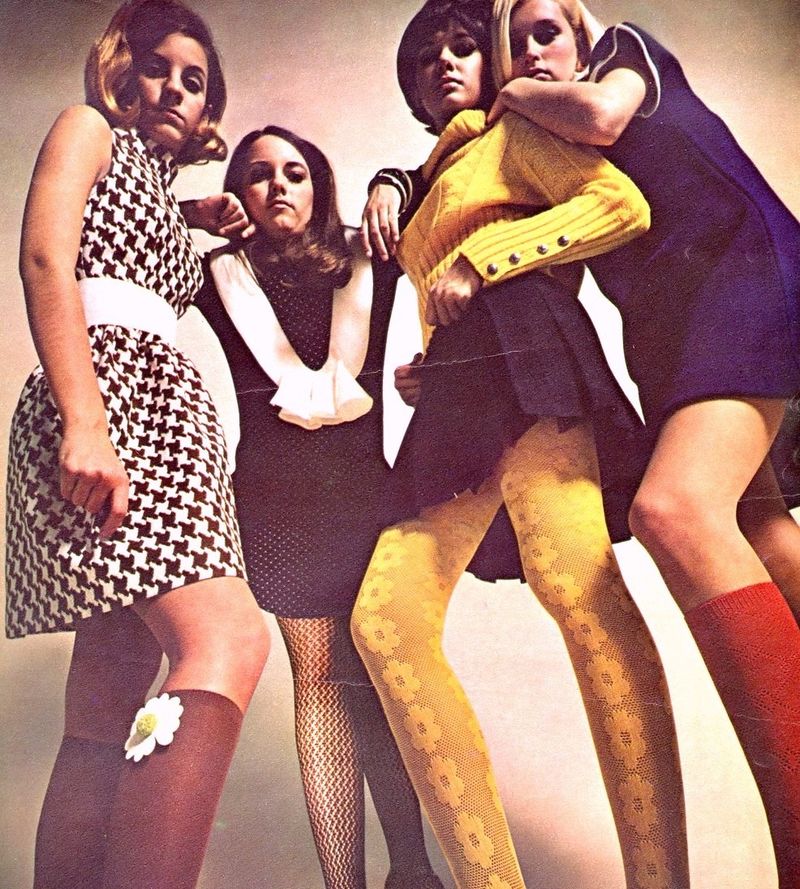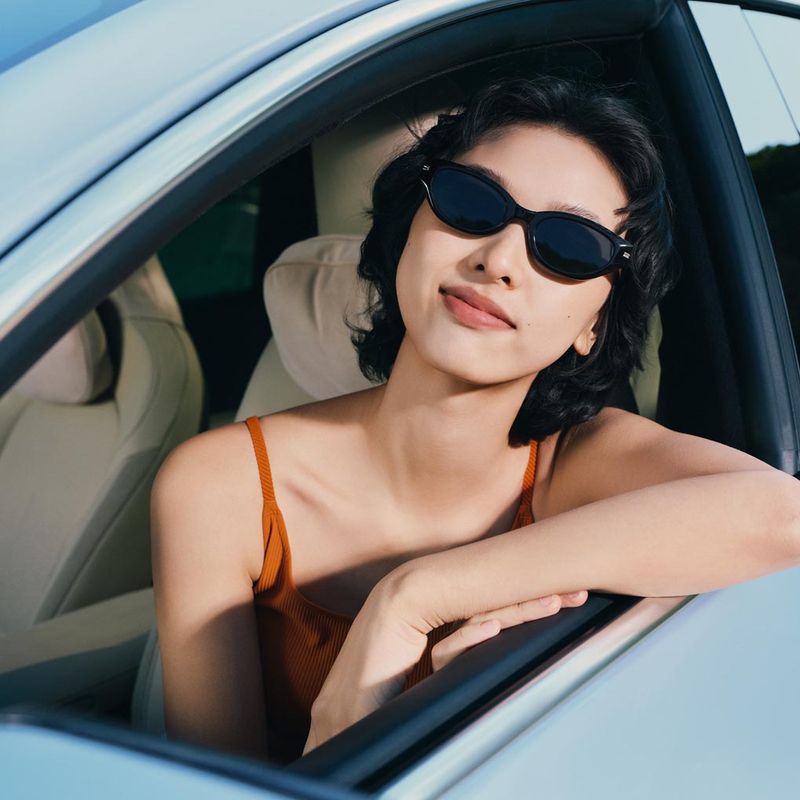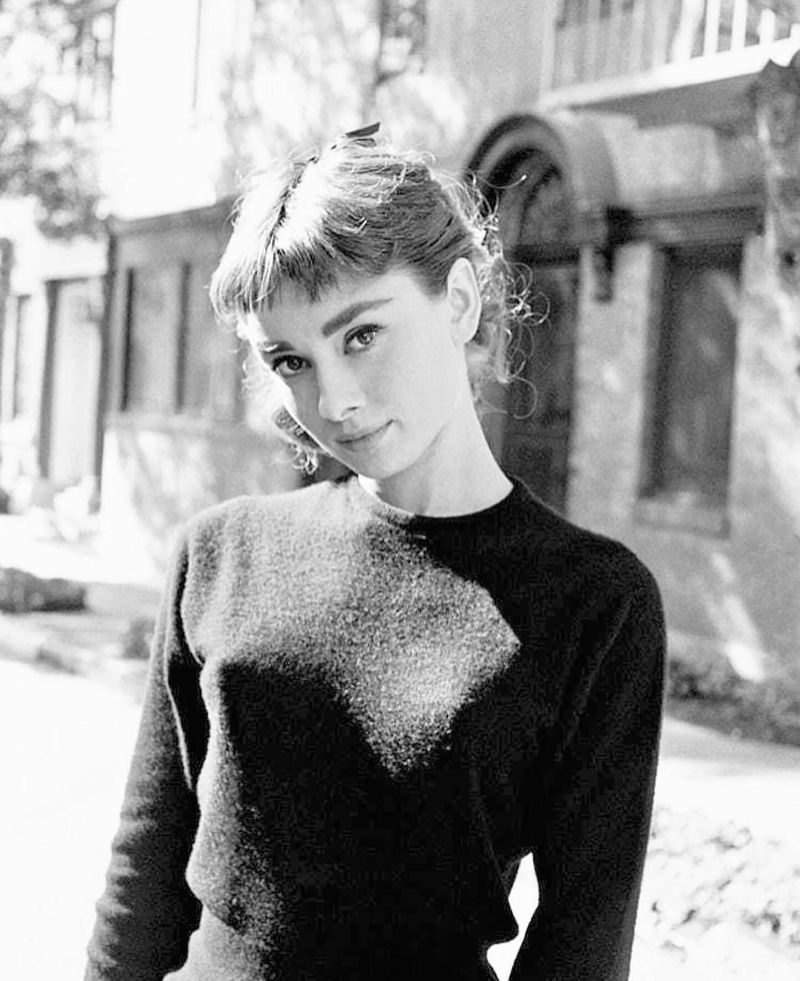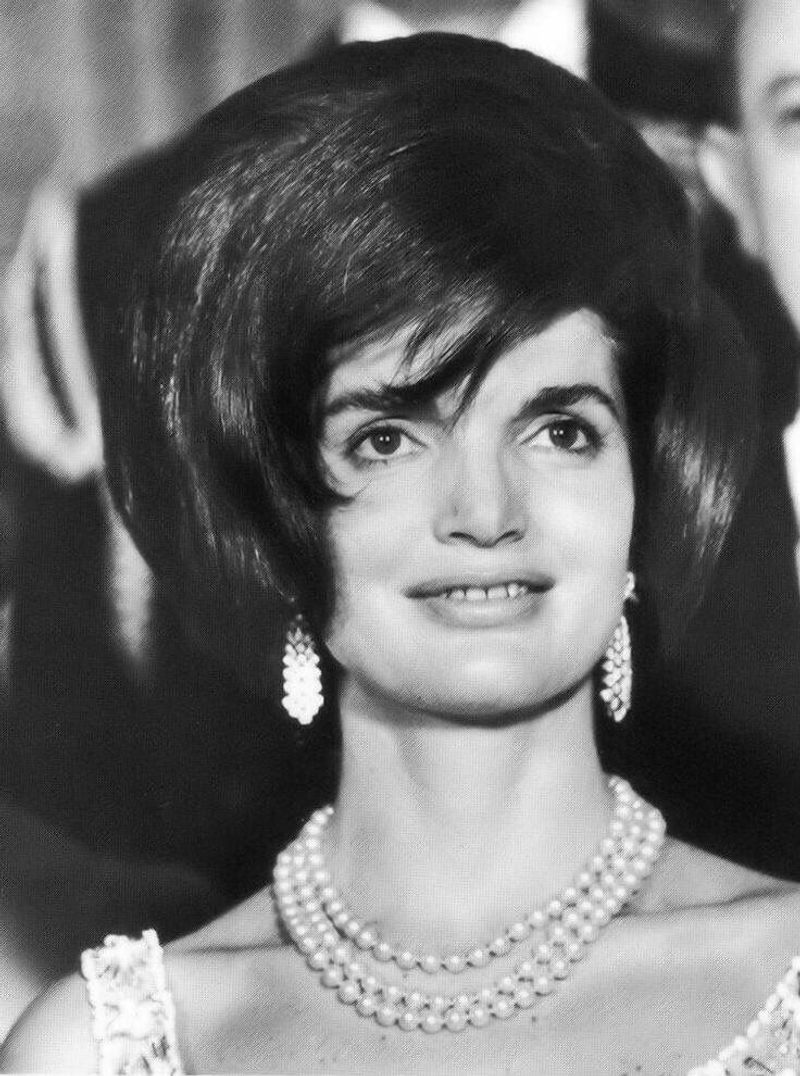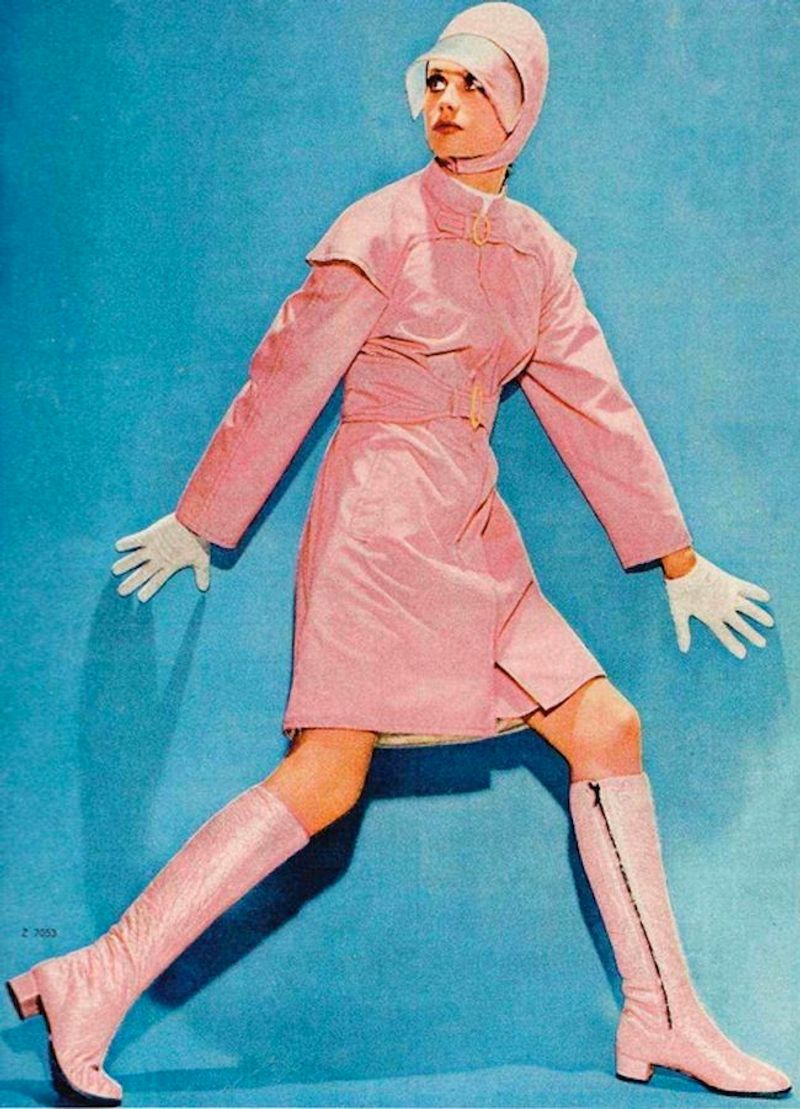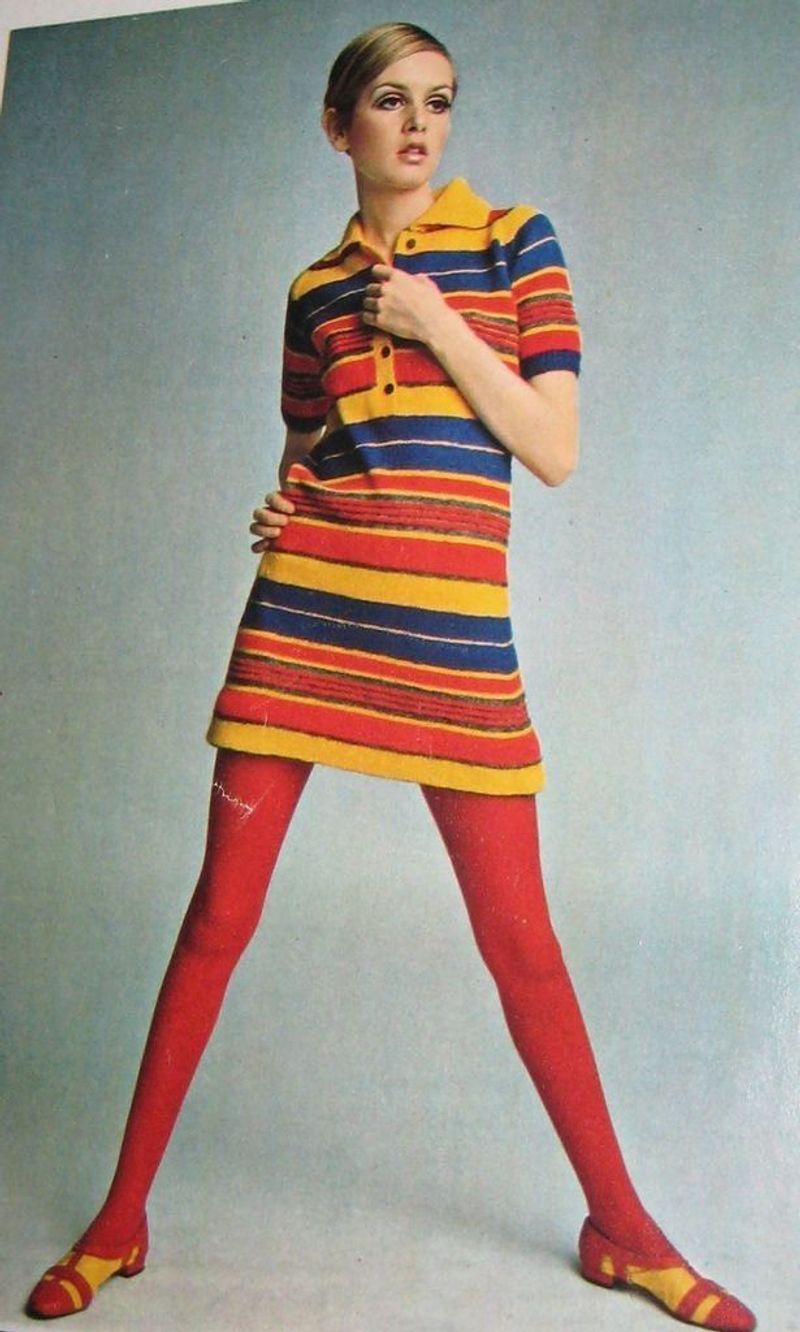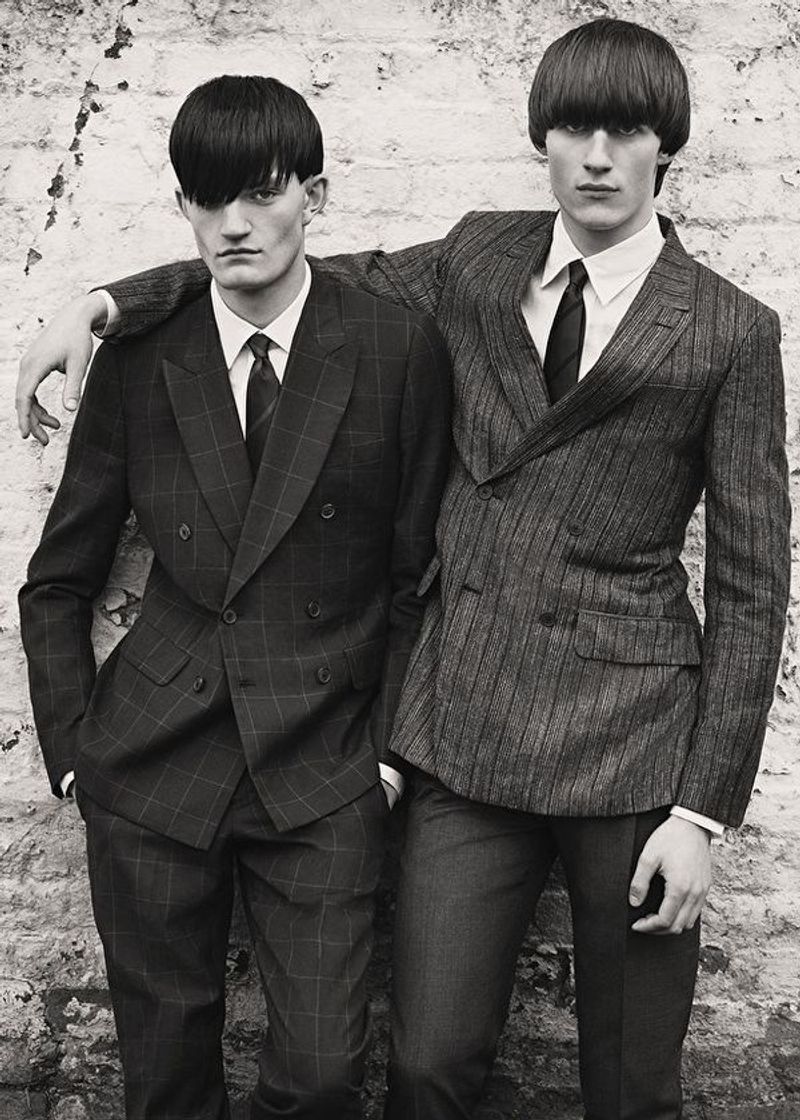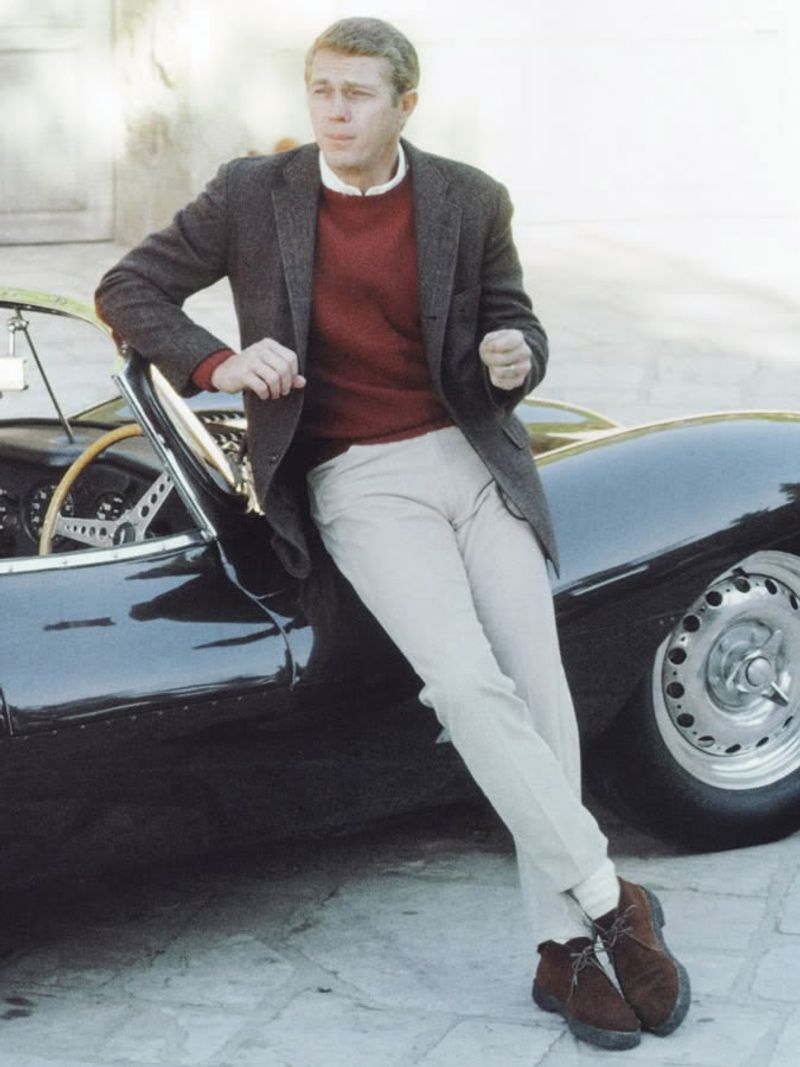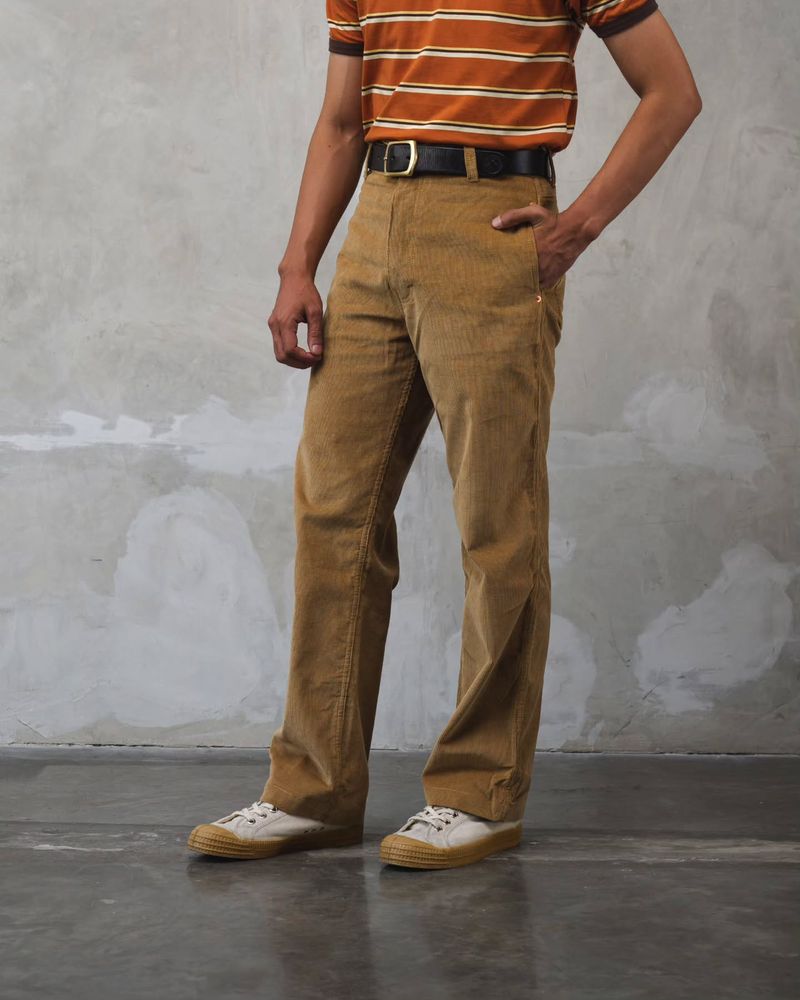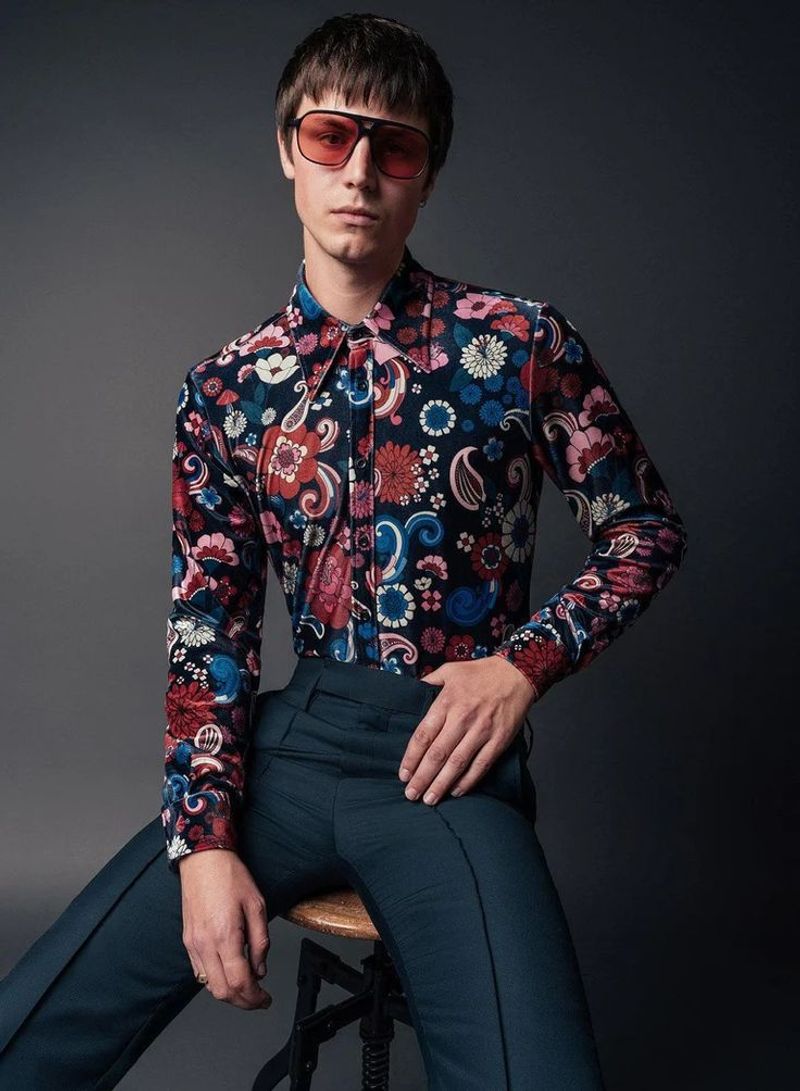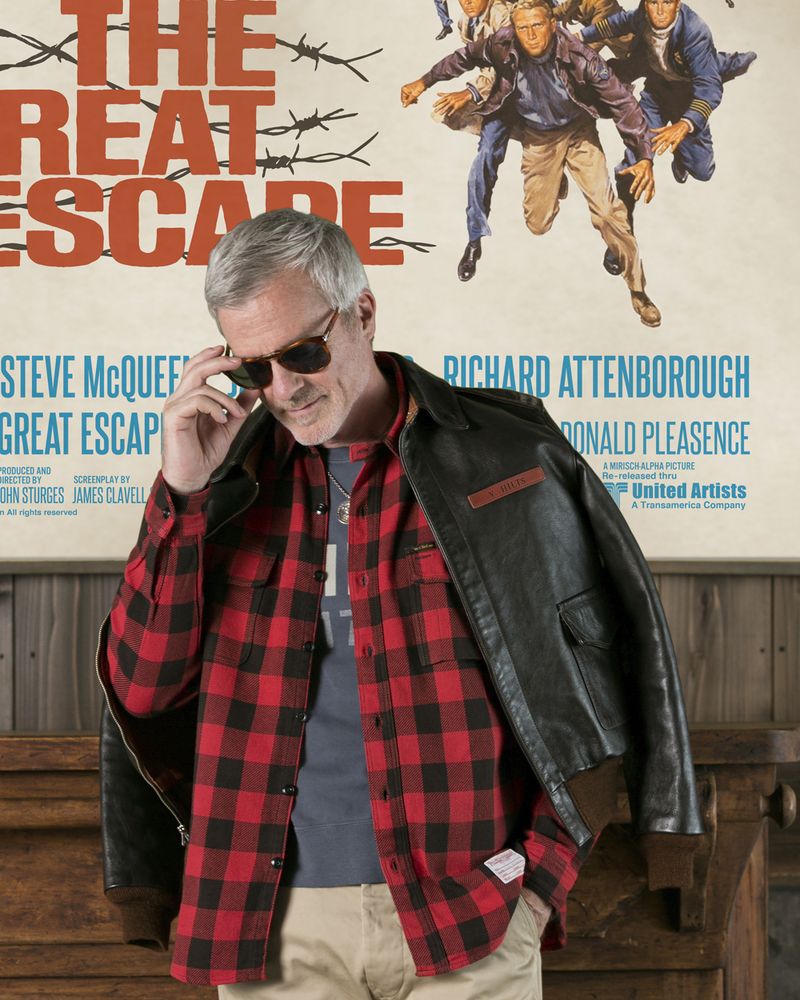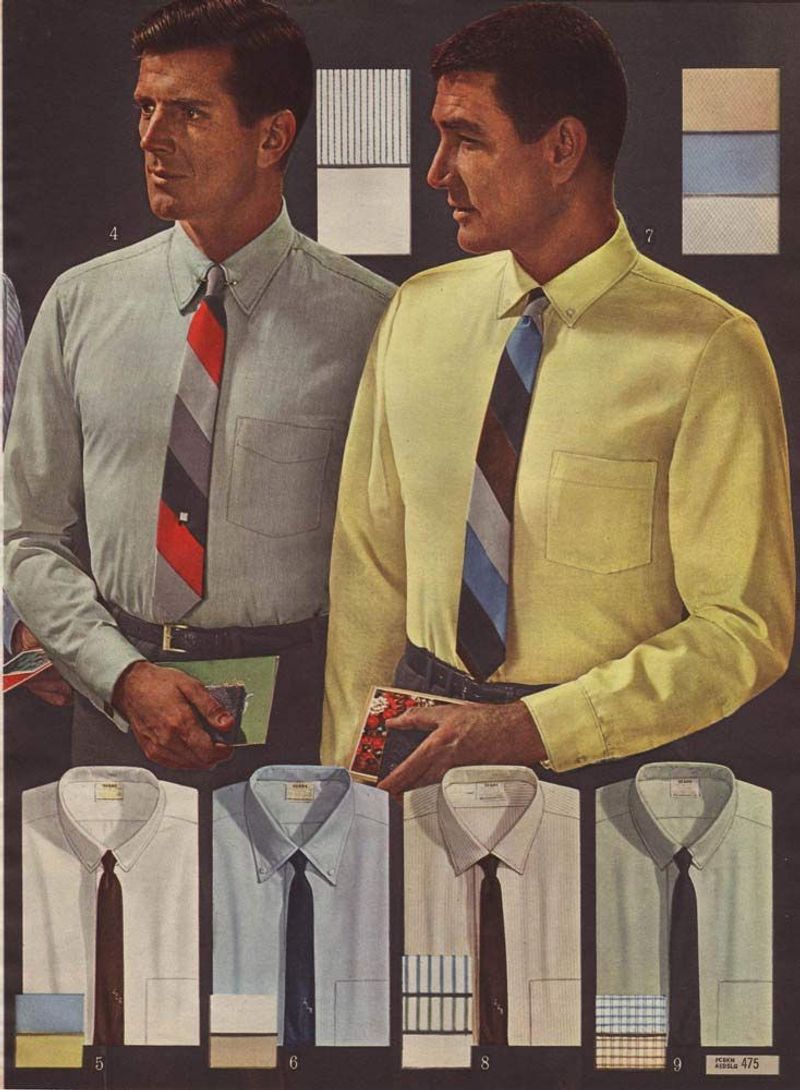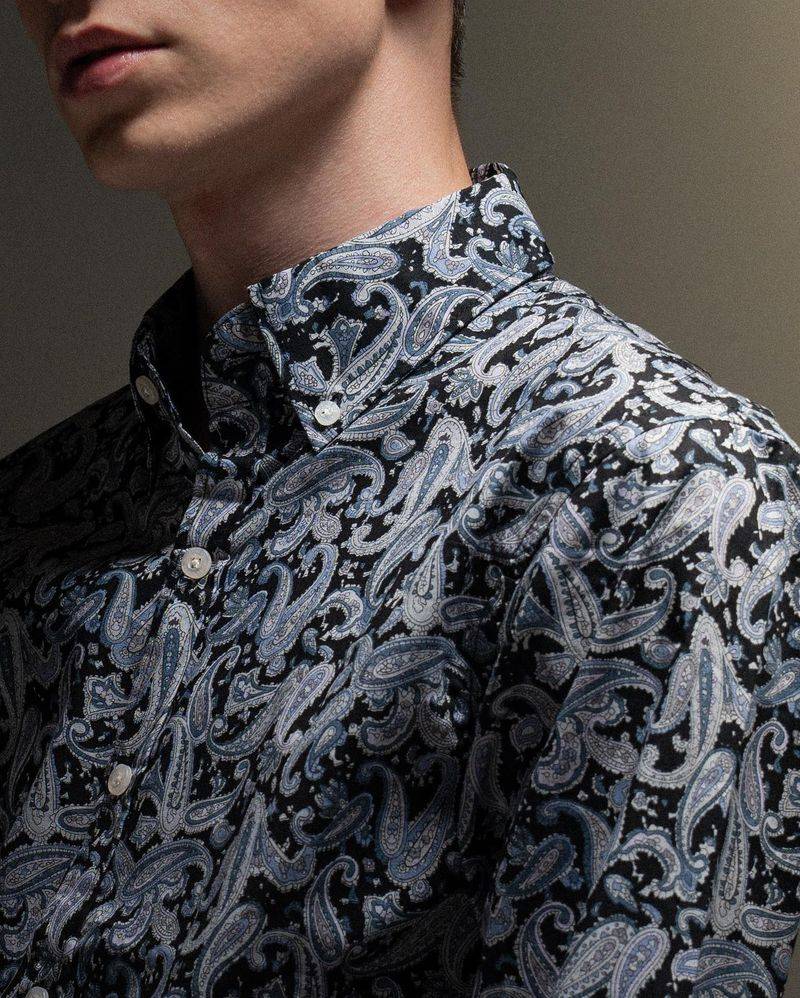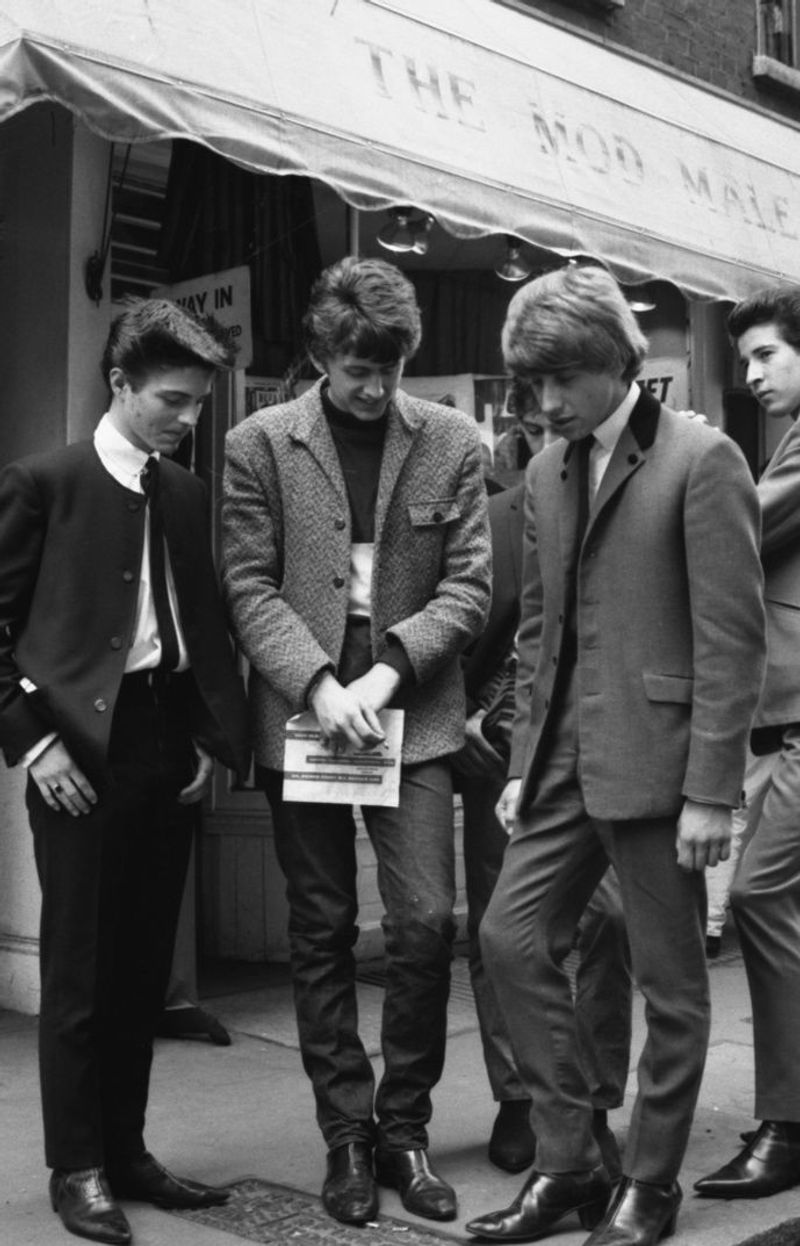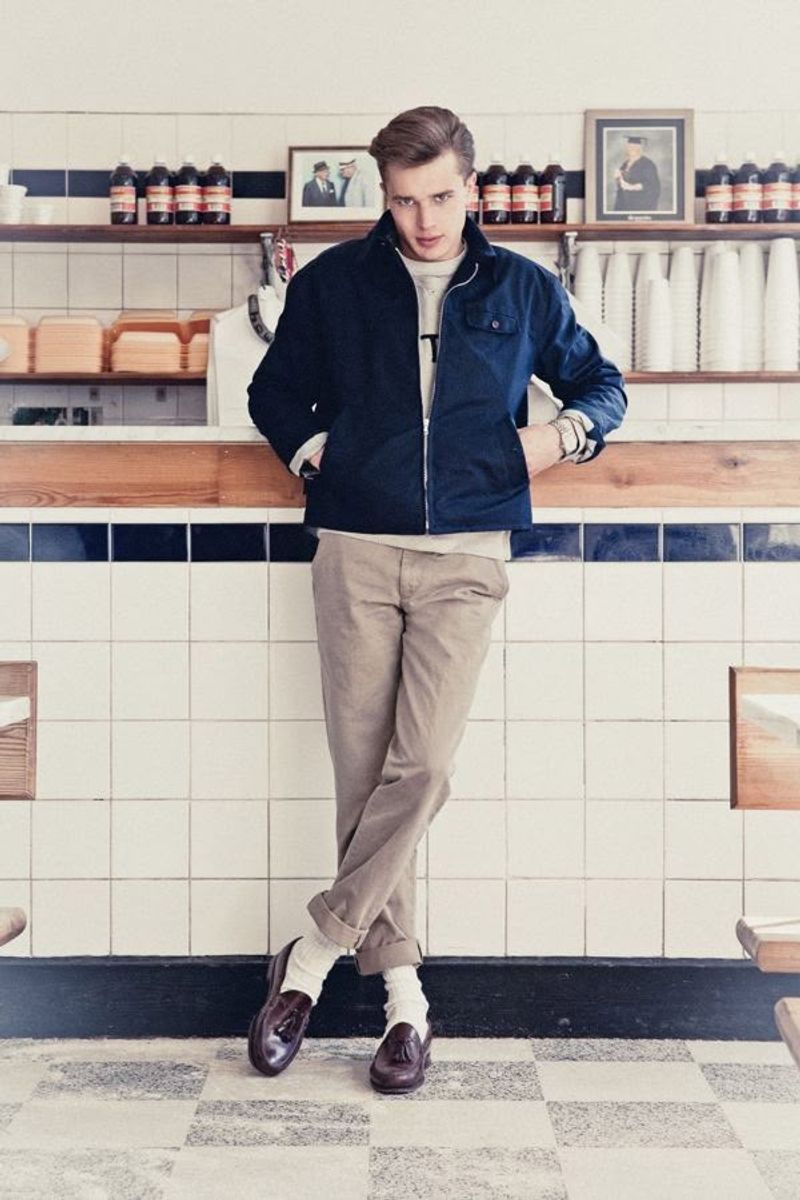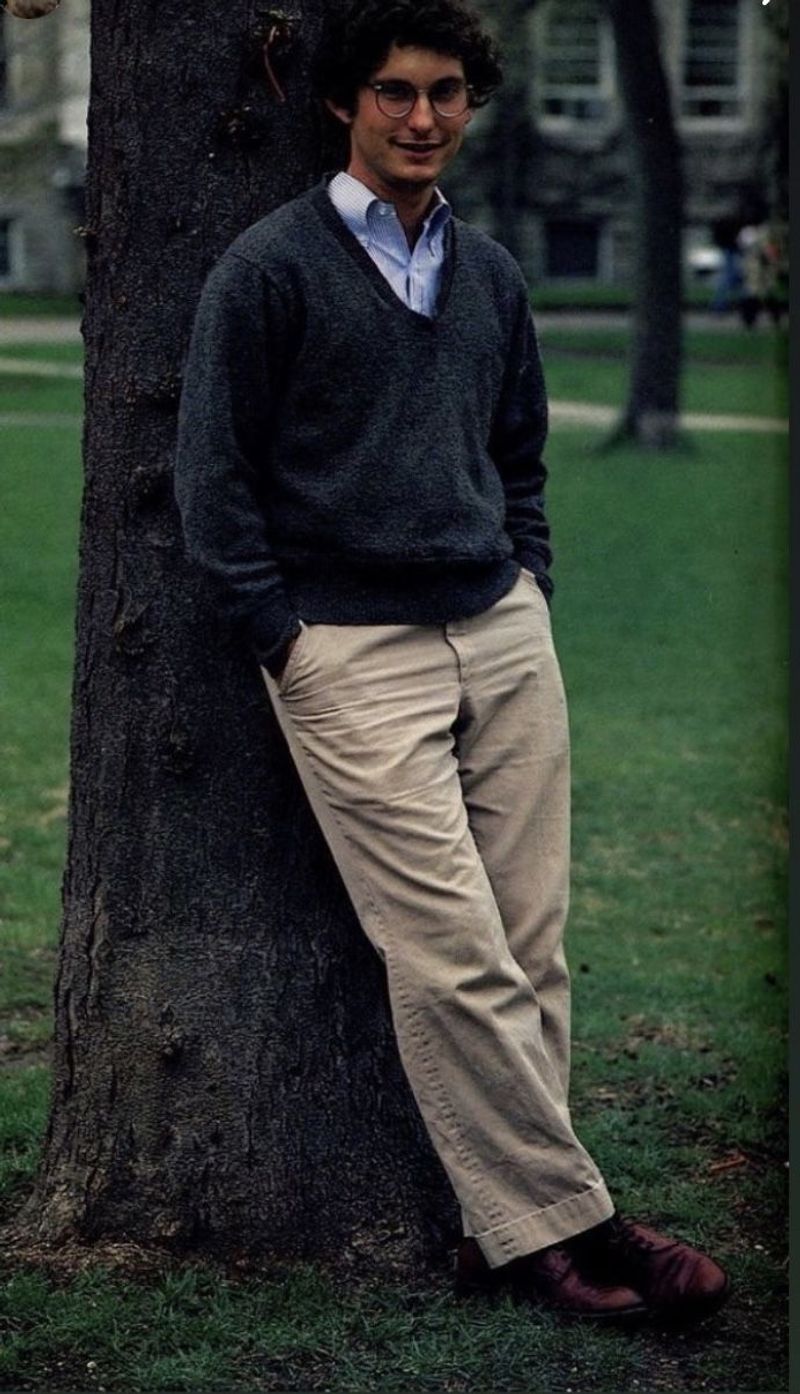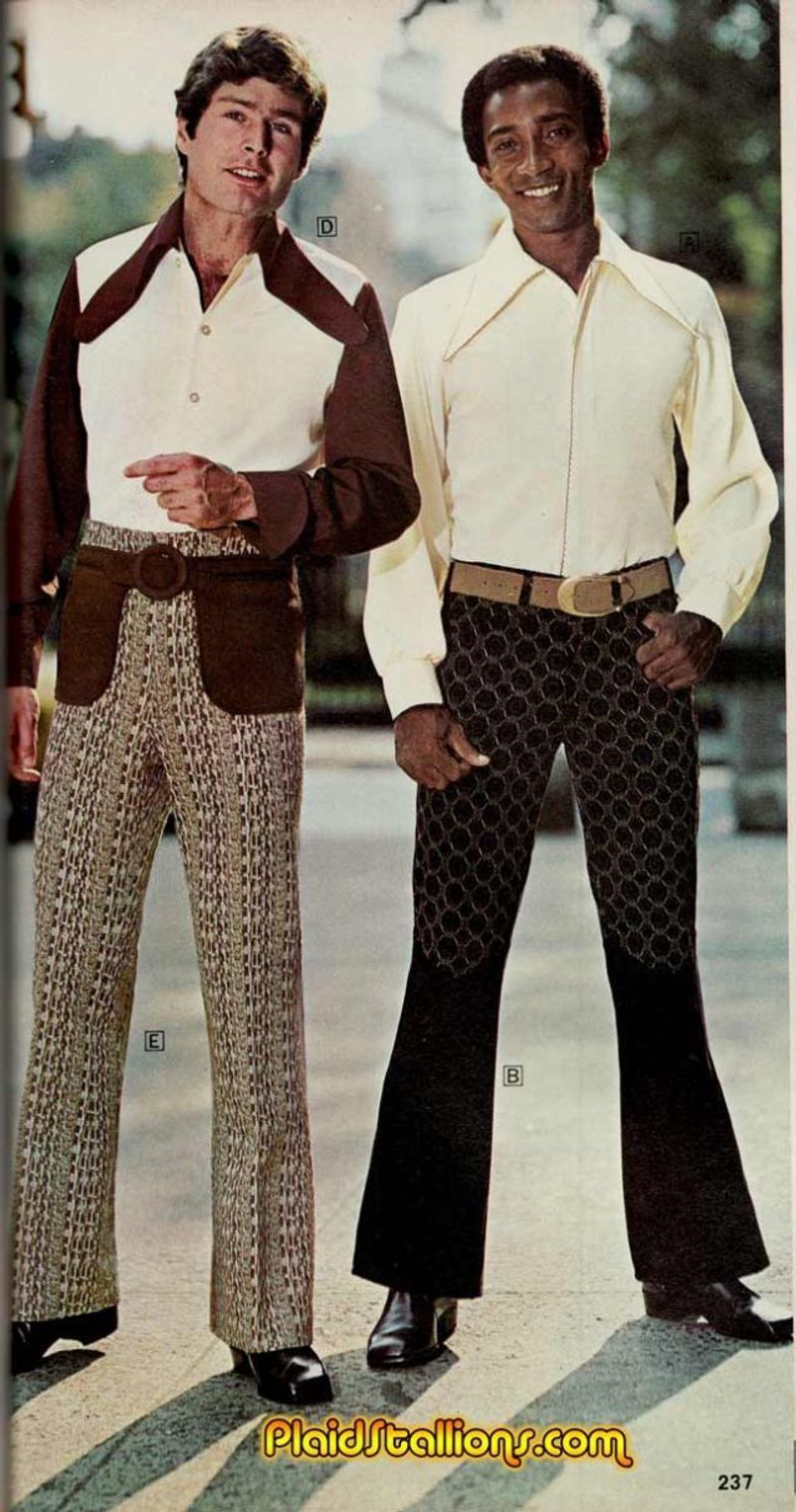11 Things Women Wore In The 60s & 11 Things Men Wore
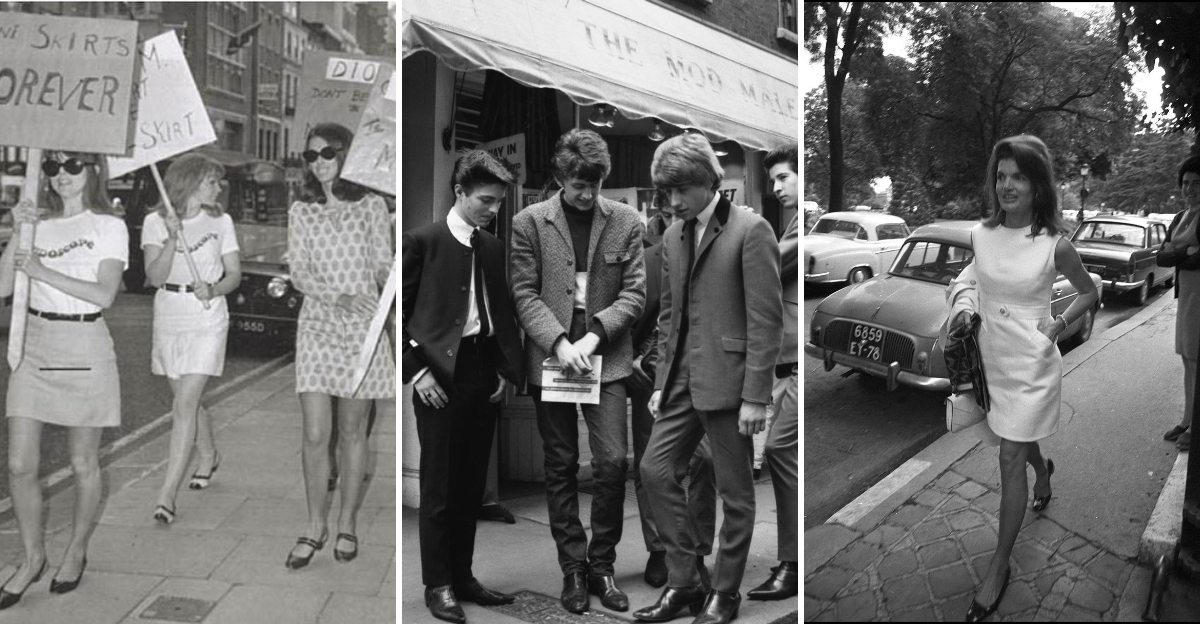
The 1960s marked a revolutionary era in fashion history.
I remember flipping through my parents’ old photo albums and being amazed at how clothing transformed from conservative styles to bold expressions of freedom and individuality.
Fashion became a powerful form of self-expression during this decade of social change.
From Mary Quant’s groundbreaking designs to The Beatles’ influence on menswear, the sixties forever changed how we dress.
1. Mini Skirts – A Fashion Revolution
Mary Quant shocked the world when she hiked hemlines way above the knee in 1964. Nothing says liberation quite like the mini skirt – a garment that sparked outrage among conservatives while young women embraced it as a symbol of newfound freedom.
I’ve always thought the mini represented more than just a fashion statement; it was a declaration of independence. Women suddenly had the option to show their legs in a way previous generations couldn’t imagine.
Paired with colorful tights and go-go boots, these thigh-skimming creations became the uniform of the modern, liberated woman. The mini wasn’t just clothing – it was a cultural milestone that marked the beginning of youth-driven fashion.
2. Shift Dresses – Simple Yet Revolutionary
The shift dress took center stage in women’s wardrobes during the sixties. Straight-cut with no defined waistline, these dresses hung from the shoulders and created that iconic A-line silhouette we still love today.
Jackie Kennedy made the shift dress famous, wearing them with her signature pillbox hats. What made these dresses special was their versatility – you could wear them to work, shopping, or out for dinner with just a change of accessories.
Fashion houses like Givenchy embraced the shift, creating versions in every color and pattern imaginable. The beauty was in the simplicity – no fussy details, just clean lines that allowed the woman wearing it to shine through rather than being overshadowed by complicated cuts.
3. Go-Go Boots – Dancing into History
Nancy Sinatra wasn’t kidding when she sang about boots made for walking! Go-go boots stomped onto the scene and quickly became the footwear every fashion-forward woman had to own. These mid-calf or knee-high boots usually came in white patent leather with a chunky, moderate heel.
Dance clubs and discotheques filled with young women showing off their moves in these statement boots. They weren’t just practical – they were designed to be seen and admired.
The name “go-go” came from the French expression “à gogo,” meaning “in abundance” – fitting for a decade of excess and experimentation. Paired with mini skirts or A-line dresses, these boots completed the mod look that defined sixties fashion and gave women a powerful stride into the changing world.
4. Pillbox Hats – Jackie’s Signature Style
First Lady Jackie Kennedy turned the pillbox hat into a must-have accessory. These small, flat-crowned hats with no brim sat perfectly atop styled hair, creating that polished look women aspired to achieve.
Milliners crafted these hats in felt, satin, and other luxurious materials. The pillbox represented sophistication during a time when hats were still an essential part of a woman’s wardrobe.
The beauty of the pillbox was its versatility – it worked with both formal suits and more casual ensembles. Even after the infamous pink suit Jackie wore on that tragic day in Dallas, women continued to embrace the style, proving its staying power beyond political fashion. The pillbox represented the last great era of hat-wearing before more casual styles took over.
5. Mod Prints – Bold Geometric Patterns
The sixties exploded with geometric prints and optical illusions. Mod prints weren’t subtle – they demanded attention with their bold lines, circles, and contrasting colors that sometimes created dizzying effects.
British designer Mary Quant led the charge, incorporating these eye-catching patterns into her revolutionary designs. Black and white checkerboard patterns, target circles, and sharp zigzags adorned everything from dresses to handbags.
These prints weren’t just decorative – they represented the optimism and forward-thinking attitude of the decade. Wearing mod prints meant you were part of the youth movement, rejecting the floral patterns your mother wore. The stark contrast between these geometric designs and previous decades’ softer aesthetics perfectly captured the rebellious spirit that defined sixties fashion.
6. A-Line Skirts – Flattering Femininity
The A-line skirt became a wardrobe staple for women seeking both style and practicality. Narrow at the waist and gradually widening toward the hem, these skirts created that coveted feminine silhouette without restricting movement.
Christian Dior actually introduced the A-line in the 1950s, but it reached peak popularity during the sixties. Women paired these versatile skirts with tucked-in blouses, sweaters, or matching jackets for a coordinated look.
Fashion magazines showcased A-lines in every length from knee to ankle, though the most popular hit just above or at the knee. Made from sturdy fabrics like wool, cotton, and new synthetic materials, these skirts held their shape beautifully while allowing women to move freely through their increasingly active lives – a perfect blend of form and function.
7. Cat-Eye Sunglasses – Feline Flair
Those upswept frames that made everyone look like a movie star! Cat-eye sunglasses framed the faces of fashion-forward women throughout the decade. The exaggerated upturned corners created that distinctive feline look that oozed sophistication and mystery.
Audrey Hepburn and Marilyn Monroe had popularized the style in the 1950s, but the sixties versions became bolder and more colorful. Frames came in tortoiseshell, bright white, and even glittery finishes with tinted lenses in blues, pinks, and yellows.
These weren’t just sunglasses – they were statement pieces that transformed any outfit. The beauty of cat-eyes was how they flattered almost every face shape while adding instant glamour. Even today, designers continually revisit this iconic style, proving that some fashion statements truly are timeless.
8. Turtlenecks – Sleek and Chic
The humble turtleneck became a fashion powerhouse during the sixties. These close-fitting sweaters with their distinctive rolled necks worked for both casual and dressed-up occasions.
Audrey Hepburn made them look effortlessly elegant while feminist icons adopted them as practical alternatives to fussier blouses. Black turtlenecks became associated with beatniks and the artistic crowd, while colorful versions appealed to the mod set.
What made turtlenecks special was their chameleon-like quality – they could be intellectual when paired with slim pants, playful under jumpers, or sophisticated under suits. They kept women warm while looking pulled-together, and they created the perfect backdrop for statement jewelry or scarves. No wonder they’ve never truly gone out of style!
9. Bouffant Hairstyles – The Bigger, The Better
Hair reached new heights in the sixties – literally! Bouffant styles dominated, with women teasing their locks to achieve maximum volume and height. First Lady Jackie Kennedy’s perfectly coiffed half-bouffant inspired millions to reach for their teasing combs and hairspray.
Creating these styles was no small feat. Women would set their hair in rollers, tease the roots mercilessly, and then smooth the outer layer before securing everything with enough hairspray to withstand hurricane-force winds.
Beauty parlors did booming business as women scheduled weekly appointments to maintain their perfect poufs. The bouffant represented control and polish during a time of social upheaval – perhaps women found comfort in knowing that at least their hair could be perfectly managed, even if the world around them was changing at breakneck speed.
10. Vinyl Coats – Space Age Shine
Vinyl coats brought a futuristic edge to sixties fashion. These shiny, waterproof garments reflected the era’s fascination with space exploration and new materials. The most popular colors? Stark white, bright red, and jet black.
Designer André Courrèges pioneered these sleek, structured coats that often featured oversized buttons, contrast piping, and geometric details. They weren’t just fashion statements – they were practical too, keeping rain at bay while looking utterly modern.
Young women paired vinyl coats with matching boots and hats for a coordinated look straight out of a science fiction movie. The clean lines and reflective surfaces perfectly captured the decade’s optimistic view of the future – a time when people believed technology would solve all problems and fashion would continue pushing boundaries.
11. Bold Patterned Tights – Legs Take Center Stage
With hemlines rising, legs became the canvas for creative expression. Patterned tights exploded in popularity, featuring everything from polka dots and stripes to psychedelic swirls and fishnet designs.
Twiggy and other mod icons paired these eye-catching leg coverings with mini skirts and simple shift dresses. The contrast between a solid-colored dress and wildly patterned tights created that distinctive sixties look we still recognize instantly.
These weren’t just fashion items – they were practical too, keeping legs warm while hemlines crept higher. Available in every color imaginable, tights became an affordable way for young women to experiment with the decade’s bold aesthetic without committing to expensive clothing. They represented the playful side of sixties fashion – fun, youthful, and unafraid to make a statement.
12. Slim-Fit Suits – The Mod Man’s Uniform
Men’s suits underwent a dramatic transformation in the sixties. The boxy silhouettes of previous decades gave way to slim-cut jackets with narrow lapels and trousers so skinny they could barely contain a wallet.
The British Invasion brought this look to America, with The Beatles showcasing these sharp suits during their early appearances. The slim fit represented a youthful rebellion against the conservative, loose-fitting suits their fathers wore.
Colors expanded beyond traditional navy and gray to include burgundy, bottle green, and even patterns like windowpane checks. These suits weren’t just clothing – they were statements of allegiance to the modernist movement sweeping through music, art, and culture. Even formal business attire couldn’t escape the influence of youth culture that defined the decade.
13. Turtlenecks for Men – Intellectual Edge
Turtlenecks became the thinking man’s alternative to shirts and ties. These close-fitting sweaters with their distinctive rolled necks projected an intellectual, artistic image that appealed to the counterculture movement.
Steve McQueen made the black turtleneck look effortlessly cool, while artists and academics wore them as a badge of intellectual seriousness. They represented a break from the stuffiness of traditional business attire.
Men paired turtlenecks with everything from casual corduroys to formal suit jackets. The versatility made them practical wardrobe staples, while their sleek lines complemented the decade’s streamlined aesthetic. The turtleneck crossed boundaries between formal and casual wear, making it the perfect garment for a decade that continuously questioned and redefined social norms.
14. Corduroy Trousers – Textured Rebellion
Corduroy pants became a staple for men seeking alternatives to traditional wool trousers. The distinctive ribbed texture (called “wales”) gave these pants a casual yet put-together look that worked for both students and young professionals.
Colors ranged from earthy browns and greens to bold burgundies and mustard yellows. The comfort and durability of corduroy made it practical for everyday wear, while the texture added visual interest to otherwise simple outfits.
College campuses filled with young men wearing slim-cut cords paired with button-downs or sweaters. These pants walked the line between respectability and rebellion – acceptable enough for parents but different enough to signal allegiance to changing fashion norms. They became particularly associated with the folk music scene and intellectual crowd.
15. Paisley Shirts – Psychedelic Patterns
The paisley pattern exploded in men’s fashion during the sixties. These teardrop-shaped motifs originated in Persia centuries ago but found new life as symbols of the psychedelic movement and Eastern spiritual exploration.
Musicians like The Beatles and The Rolling Stones embraced paisley shirts after their trips to India. The intricate patterns in vibrant colors represented a break from the plain shirts of previous generations.
Men wore these eye-catching shirts with slim trousers for a night out or under suits for a touch of rebellious flair. The best versions came in silk or lightweight cotton with colors that seemed to vibrate with energy. Paisley wasn’t just a pattern – it was a declaration of allegiance to the counterculture and a symbol of the decade’s fascination with Eastern philosophy and expanding consciousness.
16. Leather Jackets – Rebel With a Cause
Leather jackets evolved from symbols of dangerous rebellion to mainstream fashion statements during the sixties. The black motorcycle jacket, popularized by Marlon Brando in the previous decade, remained popular among rockers and rebels.
New styles emerged, including slim-cut café racer jackets and more fashion-forward designs with unusual details. Movie stars like Steve McQueen made leather jackets look effortlessly cool rather than threatening.
Young men paired these jackets with everything from jeans to tailored trousers. The leather jacket represented freedom and a certain edginess that appealed to a generation questioning authority. Unlike their more conservative fathers, sixties men weren’t afraid to incorporate elements of rebellious style into their everyday wardrobes, blurring the lines between counterculture and mainstream fashion.
17. Skinny Ties – Narrow Is the New Normal
Neckties slimmed down dramatically in the sixties. The wide, bold ties of the previous decade gave way to skinny versions barely two inches wide at their broadest point.
These narrow ties perfectly complemented the slim-cut suits and narrow lapels that dominated men’s fashion. Young professionals and mod followers embraced them as symbols of the new, streamlined aesthetic.
Colors and patterns ranged from solid black for the minimalist crowd to wild psychedelic prints for the more adventurous. The skinny tie wasn’t just an accessory – it was a rejection of the excesses of previous generations’ clothing and a nod to the clean, modern lines that defined sixties design. Even today, when skinny ties make a comeback, they immediately evoke that distinctive sixties vibe.
18. Wide-Collared Shirts – Making a Statement
Men’s shirt collars expanded dramatically as the sixties progressed. These wide, pointed collars (sometimes called “Barrymore collars”) spread across the chest and often extended beyond jacket lapels.
The trend began with relatively modest spreads but evolved into the exaggerated points that would dominate the early seventies. Fashionable men wore these statement collars with everything from business suits to casual ensembles.
Materials ranged from crisp cotton to silky polyester blends in colors that previous generations would have considered shocking for menswear. Wide collars balanced the narrowness of skinny ties and slim-cut suits, creating that distinctive sixties silhouette. They represented men’s growing willingness to experiment with their appearance and embrace more flamboyant styles than their fathers would have dared to wear.
19. Mod Blazers – Sharp and Structured
The mod blazer became the outerwear of choice for fashion-forward men. These jackets featured slim cuts, narrow lapels, and often three buttons rather than the traditional two.
British designers led the charge, creating structured blazers that sat close to the body with high armholes for a clean silhouette. Colors expanded beyond navy blue to include burgundy, bottle green, and even patterns like checks and stripes.
Young men wore these jackets with everything from matching trousers to jeans for a more casual look. The mod blazer represented the perfect blend of tradition and innovation – recognizably a blazer but reimagined for a generation that wanted to distinguish itself from its predecessors. The best versions had details like ticket pockets, colorful linings, and covered buttons.
20. Loafers – Casual Elegance
Loafers stepped into the spotlight as the perfect shoes for the modern man. These slip-on shoes without laces offered both comfort and style – a combination that appealed to the increasingly casual approach to menswear.
Penny loafers remained popular from previous decades, but new styles emerged, including Italian-influenced designs with sleeker profiles and decorative details. Black and brown leather versions worked for business, while suede in various colors offered more casual options.
College students and young professionals wore loafers with everything from suits to khakis. The lack of laces represented a certain effortlessness that aligned with the decade’s growing rejection of formality. Loafers bridged the gap between dress shoes and casual footwear, making them the perfect choice for a generation that increasingly blended these previously separate categories.
21. Sweater Vests – Preppy Perfection
Sweater vests enjoyed massive popularity among college students and young professionals. These sleeveless knitted garments layered perfectly over button-down shirts, adding warmth without bulk.
The Ivy League look dominated early sixties campuses, with students sporting V-neck vests in solid colors or simple patterns like argyle. As the decade progressed, bolder patterns and colors emerged, reflecting the growing influence of mod and psychedelic aesthetics.
Men wore sweater vests with slim trousers and loafers for a put-together yet comfortable look. They struck the perfect balance between formal and casual – more relaxed than a suit but more polished than a plain shirt. The sweater vest became particularly associated with the intellectual crowd and represented the preppy side of sixties men’s fashion.
22. Wide-Leg Trousers – Breaking the Slim Mold
As the decade progressed, some men began rejecting the ultra-slim silhouette in favor of wider trousers. These pants featured a high waist and fabric that flared from the knee to create a distinctive bell-bottom effect.
Musicians and artists pioneered this look before it caught on with mainstream fashion. The extra fabric allowed for greater movement and created a flowing silhouette that contrasted with the rigid structure of early sixties menswear.
Fabrics ranged from lightweight wool for dressier versions to denim and corduroy for casual wear. Wide-leg trousers represented the later sixties’ move toward greater freedom in all aspects of life – including fashion. They signaled a man’s allegiance to the counterculture and his rejection of the conservative slim cuts that had dominated earlier in the decade.

